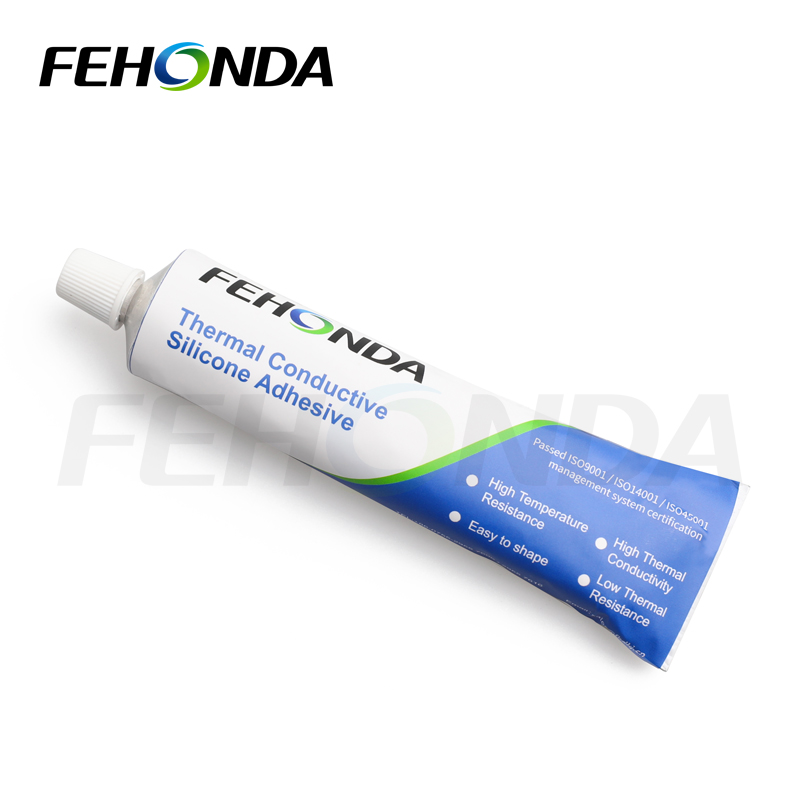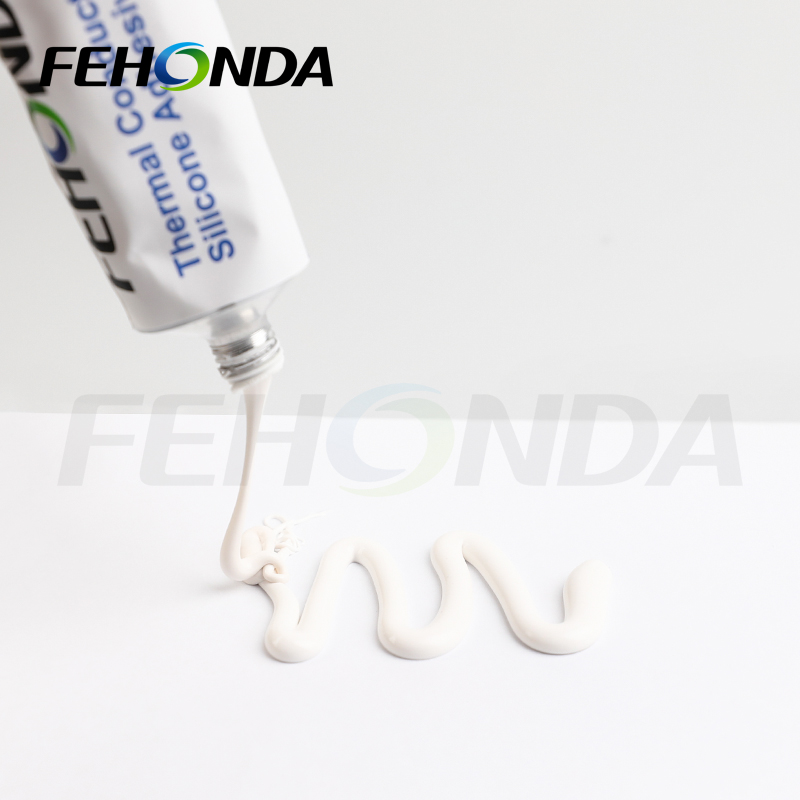Thermal conductivity: Silicone is composed of silicone resin, thermal conductive filler, flame retardant, crosslinking agent, and color paste. It can effectively solve the heating problem of electronic materials and products in operation and is a very important thermal conductivity material. Stable thermal conductivity, good durability, good processing performance, anti-aging, self-adhesive, flame retardant, etc.

Adhesive can be widely used in semiconductor chipsets. This system can be applied to both communication hardware and automobiles. In addition, thermal conductive silicone can also be applied to consumer electronics, home appliances, LED light sources, etc. The questions about thermal conductive silicone are: What parts mainly use thermal conductive brick adhesive? What is the difference between thermal conductive brick adhesive and grease? How to choose the thickness and hardness of thermal conductive adhesive? Temperature range? How to determine? Is viscosity adjustable? Is it a metal heater that usually needs to achieve heat dissipation? What are the benefits of using thermal conductive silicone for electronic products? Can thermal conductive silicone cause short circuits between electronic components? What are the application opportunities and uses of thermal conductive silicone gel?

The above questions about thermal conductive silicone will be answered here. Directly using MOS heating inductance as an indirect heat sink is easy to maintain, easy to install, improves efficiency, and has a large gap. Considering factors such as hardness, thickness, sealing, assembly method, support or displacement, as well as the compression and reaction forces, stress, stability and stability of the PCB board, the temperature of -40~200 ℃ mainly depends on the physical properties of silicone. The basic principle is that the lower the hardness, the greater the compression force, and the higher the viscosity.
Due to metal heat dissipation, the heat sink itself is relatively hard. When it comes into contact with the integrated circuit, if the installation and contact surface pressure are uneven, the heat source cannot be effectively transferred to the heat sink. If a thermally conductive soft material is added to the contact surface between the two, it can effectively overcome the problem of insufficient contact surface.
In general, if the designed electronic product cannot install fans and metal heat dissipation devices in space or location, thermal conductivity can be used: silicone directly contacts the IC and housing, and the heat source is directly transferred to the external cold air of the product through heat transfer to achieve heat dissipation.





